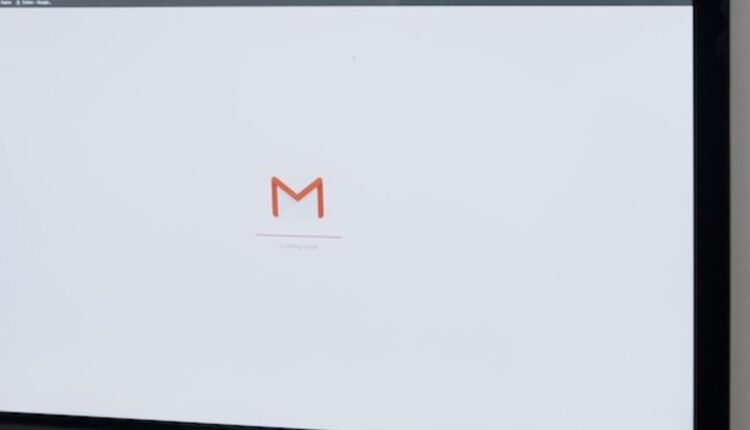Gmail is currently the most popular email platform in the world, with more than 1.8 billion users and 43 percent of the email service market share (as of 2020).
And those accounts are super active, with more than 306.4 billion emails sent every day.
But did you know you can actually see how many emails you (or your team, if you’re a Google Workspace user) are sending and receiving every day?
EmailAnalytics, a relatively new analytics tool for Gmail and Google Workspace, provides these measurements and a whole lot more, including email response time, and email activity by hour of the day.
With interactive data visuals including tables, charts, and graphs, EmailAnalytics aims to help businesses get intelligence over the emails they send and receive every day – and better understand their organization’s email activity, responsiveness, and communication efficiency.
Email response time, in particular, is of interest to just about any organization that uses email for sales or customer service, since studies have shown that 35-50% of sales go to the first-responding vendor and close rates go up by 7x when representatives respond in under an hour.
So how does this Gmail analytics tool work? I tried the 14-day free trial to find out!
How EmailAnalytics Works
EmailAnalytics uses the Gmail API to sync email activity silently in the background, so there’s no software to install.
You just start the free trial, and then it’ll ask you for permission to access your email activity via Gmail. Grant permission with a click, and it’ll immediately start syncing your email activity.
My stats synced within about 30 seconds.
Here’s what the dashboard looks like after initial data sync:

Metrics
Here are the stats I found most interesting or useful:
Emails sent and received
You can see the number of emails sent and received for any date range:

Looks like I send and receive the most emails on Mondays, and I have a slow drop-off of activity over the course of the week.
Emails by hour of the day
Your busiest times of day can tell you a lot about the ebb and flow of your typical workday. Here’s mine:

The bulk of my activity happens in the morning, with a spike around 10am, and then trails off throughout the day, with a weird spike in activity around 6pm.
Top senders and recipients

Who is filling up your inbox? Who do you send the most emails to? What is your average email response time to each of your clients? What is their average email response time to you (or your employees)?
The “Top Interactions” table makes it easy to answer these questions at a glance.
Average email response time
Only 7 percent of companies consistently respond to leads in 5 minutes or less. How about you?
EmailAnalytics tells you your average email response times:

My actual response time over the last 7 days is 9 hours, 31 minutes, 26 seconds. That includes nights and weekends.
My “work hours” response time is a lot lower because it only counts time elapsed during my set work hours, so I’m not “penalized” for time I’m off the clock.
Oh, and it only counts emails I actually respond to, so I don’t have to worry about responding to emails that don’t warrant a response.
Use Cases for EmailAnalytics
These types of professionals will probably find the most value in EmailAnalytics:
- Salespeople
- sales managers
- customer service team managers
- project/team managers
- CEOs looking to get more insight into a team’s day-to-day workload and email activity
Sales & customer service
Sales and customer service managers and representatives will be especially interested in tracking email response time, which is a critical KPI for these fields.
Workload balancing
Managers of any email-using team will find it useful to visualize team email workloads, identify team members with the highest and lowest workloads, and rebalance workloads accordingly.
Employee productivity tracking
EmailAnalytics can be used to track email activity of an entire team or organization, allowing managers to transparently and easily monitor email activity of employees.
Managers can choose to enable daily or weekly email reports to be sent to their team members, which adds an element of accountability – and a reference point for improvement!
Productivity benchmarking
How does your team’s email activity compare to other businesses? EmailAnalytics publishes a monthly email productivity benchmark report, which includes averages for emails sent, received, response time, and a lot more.
You can use these benchmarks to compare your team’s activity to other professionals.
Conclusion
EmailAnalytics is a useful and intuitive addition to the world of business productivity analytics. It excels as a sales and customer service tool to keep representatives fast and efficient over email.
Analytics for Gmail is the thing you don’t know you need until you have it. Any business that uses Gmail or Google Workspace can find value here.


